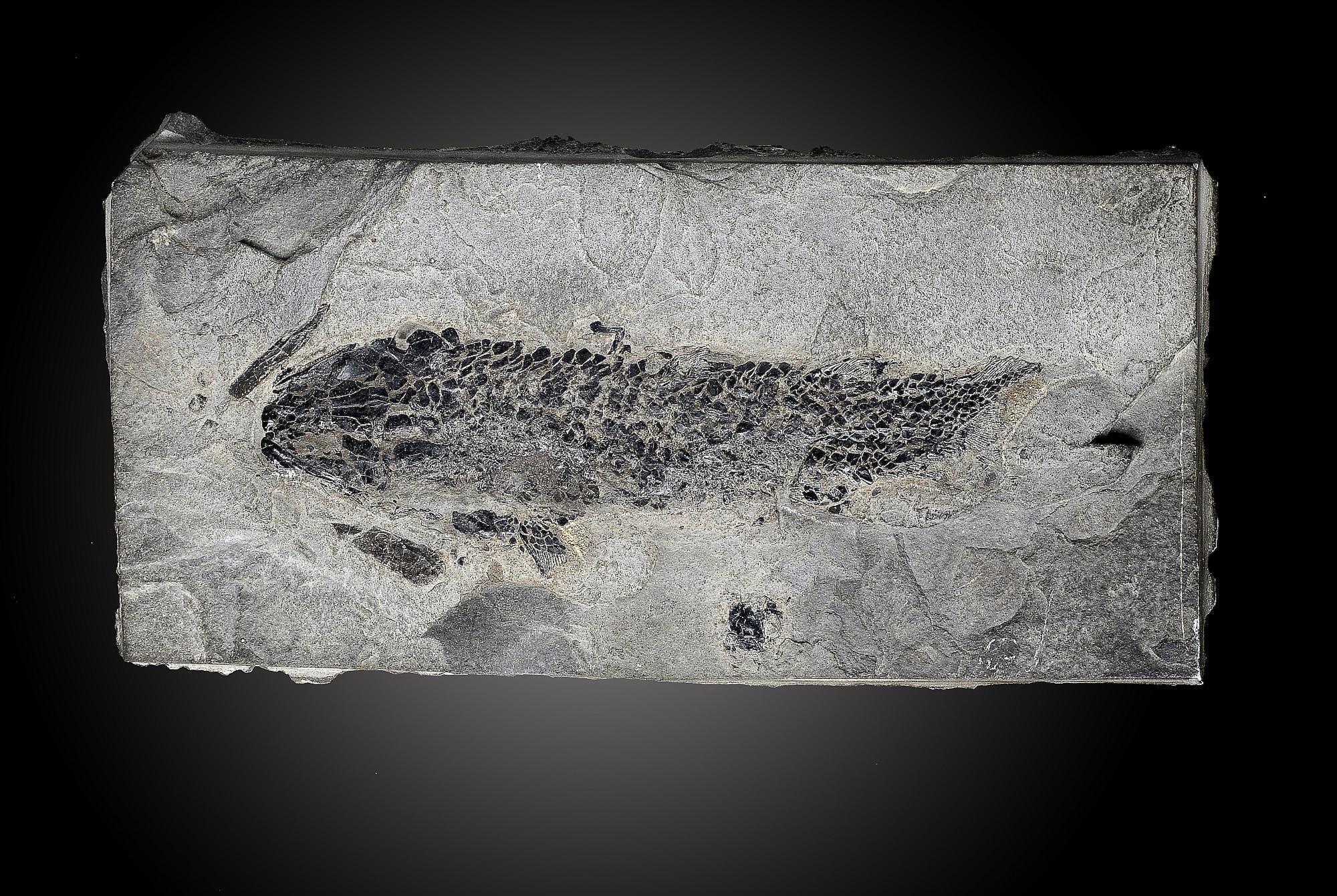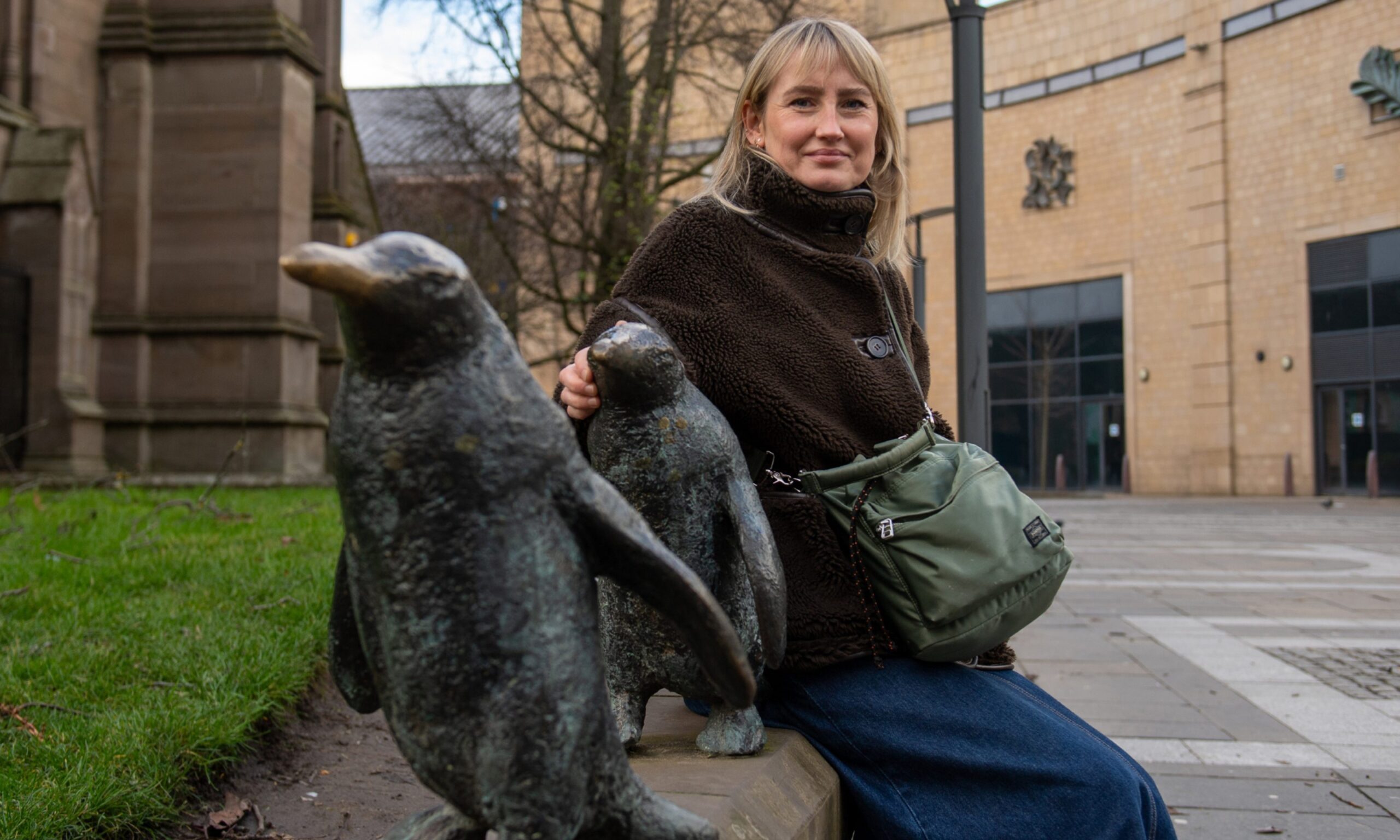I have, over time, been called a dinosaur and its equivalents. The deployment of the term Luddite isn’t unknown either. Never a fossil, though.
It’s an age thing. New technology often offers a challenge too far – my yet-to-be-mastered oven clock, for example, or a use for the sockets on the back of the TV.
We might learn much from a fossil, not least how to reach out and connect with the past, firing our imagination about life on earth and creation itself.
Illustrated is a fossil fish Osteolepis, an extinct genus of lobe-finned fish, set in old red sandstone and discovered in Scotland.
It is believed to be from the Devonian period, roughly between 419 million years ago to 359 mya, and named after Devon where rocks from this age were first studied.
I’m not – but there are places around here from the same geologic period. It is, for instance, about 395 million years since the Law in Dundee blew its top and settled down to a height of 571 feet to brood over the advancing city.
It is a decent size for a fossil, measuring eight inches in length. And it was one of over 100 offered for sale earlier this month at Summers Place Auctions in Sussex on behalf of the celebrated Emmen Zoo in the north of Holland.
Alongside its living inhabitants, the zoo established a museum to chart the evolution of life through fossils. Formed primarily in the 1980s and early 90s, many exhibits were acquired when certain fossils were more freely available than they are today.
Backed by the financial power of the zoo, the museum was able to buy the best that could be found. Thus, some of the auctioned specimens represented a chance for fossil collectors to acquire examples that are no longer allowed to be exported from their native countries.
A larger and more modern zoo has now been built on the edge of Emmen city centre, where the animals are re-housed in spacious and more natural surroundings. With this change in focus, the museum did not fit into the new ‘wildlands’ concept, and so a reluctant decision was made to sell its contents.
The fossil from Scotland’s ancient past sold for £300.










